Home>Furniture & Design>Bathroom Accessories>How To Remove Stains From Plastic Bathtub
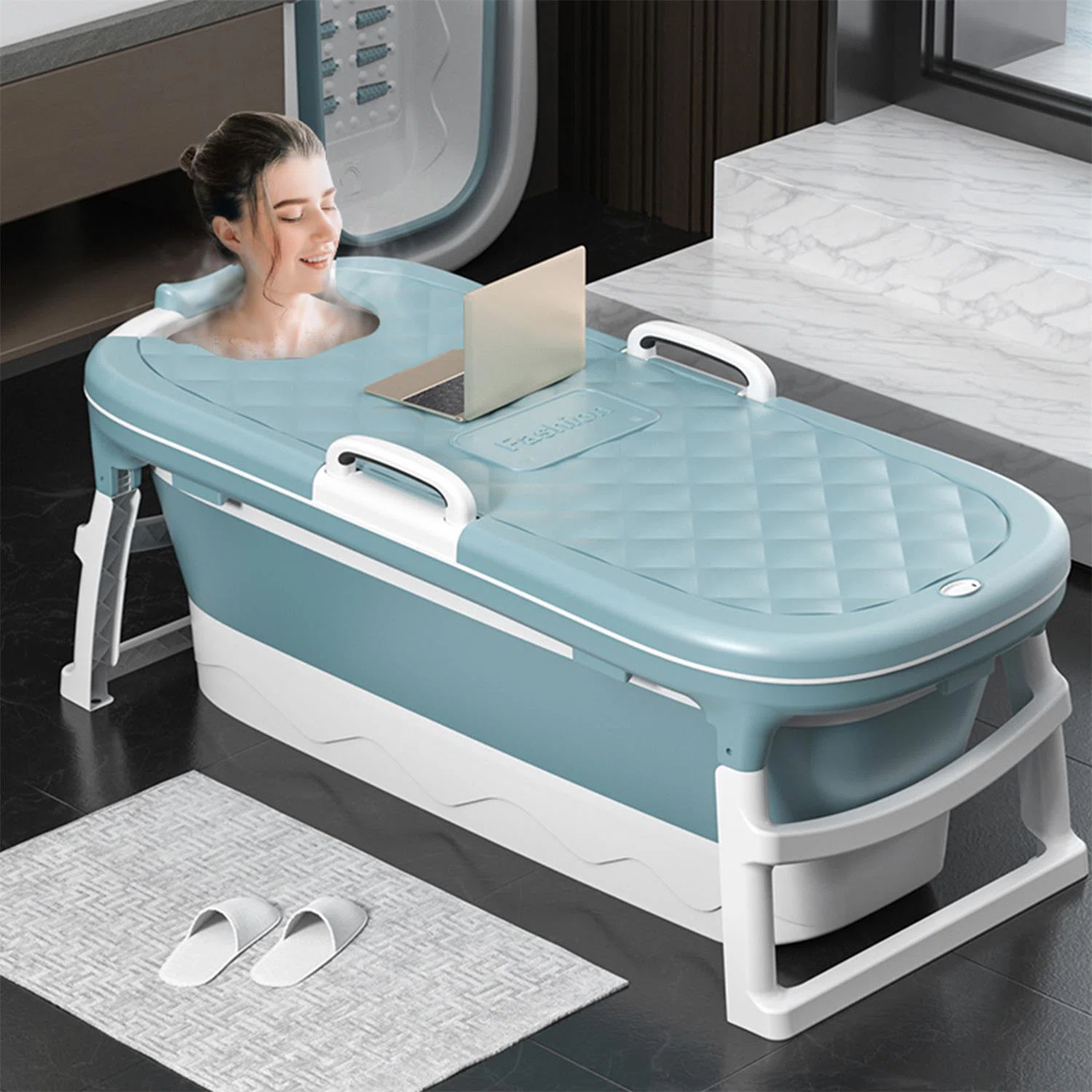

Bathroom Accessories
How To Remove Stains From Plastic Bathtub
Published: February 20, 2024
Learn effective techniques for removing stubborn stains from your plastic bathtub with our expert tips and tricks. Keep your bathroom accessories looking fresh and clean with our easy-to-follow stain removal methods.
(Many of the links in this article redirect to a specific reviewed product. Your purchase of these products through affiliate links helps to generate commission for Storables.com, at no extra cost. Learn more)
Introduction
A plastic bathtub can be a stylish and practical addition to any bathroom, offering durability and ease of maintenance. However, over time, these fixtures can become marred by unsightly stains, detracting from their aesthetic appeal. Whether it's soap scum, hard water deposits, or stubborn mildew, dealing with stains on a plastic bathtub can be a frustrating challenge. Fortunately, with the right techniques and products, you can restore your bathtub to its former glory.
In this comprehensive guide, we will explore effective methods for removing various types of stains from plastic bathtubs. From general cleaning tips to specific stain removal strategies, we'll cover everything you need to know to tackle this common household issue. By the end of this article, you'll be equipped with the knowledge and tools to banish stains and maintain a sparkling, pristine bathtub.
Let's dive into the world of plastic bathtub stain removal and discover the best practices for achieving a spotless and inviting bathing space.
Key Takeaways:
- Say goodbye to plastic bathtub stains by using natural ingredients like vinegar and baking soda. Regular cleaning and gentle care can keep your bathtub looking fresh and inviting.
- Combat soap scum, hard water deposits, and mold stains with targeted cleaning methods. Keep your plastic bathtub pristine with the right techniques and products.
Read more: How To Remove Stains From Plastic Containers
Common Types of Stains on Plastic Bathtubs
Plastic bathtubs are prone to various types of stains that can accumulate over time, diminishing the overall appearance of the tub. Understanding the common types of stains is crucial for effectively addressing and removing them. Here are the typical culprits behind plastic bathtub stains:
1. Soap Scum
Soap scum is a prevalent nuisance in bathrooms, especially on plastic bathtubs. It forms when the fatty acids in soap mix with minerals in water, leaving behind a filmy residue on the tub's surface. Over time, soap scum can build up, creating a dull, grimy layer that is challenging to remove.
2. Hard Water Deposits
Mineral deposits from hard water can accumulate on the surface of a plastic bathtub, resulting in unsightly white or cloudy stains. These deposits are primarily composed of calcium and magnesium, which can adhere to the tub's surface and become increasingly difficult to remove if left untreated.
3. Mildew and Mold
The moist environment of a bathroom provides an ideal breeding ground for mildew and mold. These fungal growths can manifest as dark, discolored patches on the plastic bathtub, often accompanied by a musty odor. Mildew and mold not only detract from the tub's appearance but also pose potential health risks.
Read more: How To Remove Turmeric Stains From A Bathtub
4. Rust Stains
If metal objects, such as shaving razors or metal containers, come into contact with a plastic bathtub, they can leave behind rust stains. These reddish-brown marks are not only unsightly but can also be challenging to remove without the appropriate cleaning methods.
5. Stains from Personal Care Products
Certain personal care products, such as hair dyes, colored shampoos, and bath oils, can inadvertently stain a plastic bathtub. These stains may appear as vibrant colors or discolorations, requiring specific techniques to effectively eliminate them.
Understanding the nature of these common stains is the first step toward successfully removing them from a plastic bathtub. By identifying the specific type of stain, you can tailor your cleaning approach to achieve optimal results and restore the tub to its pristine condition.
General Cleaning Tips
Maintaining a plastic bathtub's cleanliness is essential for preventing the buildup of stubborn stains. Implementing regular cleaning practices can help preserve the tub's appearance and minimize the need for intensive stain removal procedures. Here are some general cleaning tips to keep your plastic bathtub looking its best:
-
Regular Cleaning Schedule: Establish a routine for cleaning your plastic bathtub. Aim to wipe down the tub's surface after each use to prevent the accumulation of soap scum, mineral deposits, and other residues. Consistent maintenance can significantly reduce the likelihood of stubborn stains taking hold.
-
Gentle Cleaning Products: When cleaning your plastic bathtub, opt for mild, non-abrasive cleaning solutions. Harsh chemicals and abrasive cleaners can damage the tub's surface, leading to discoloration or scratches. Look for gentle, non-toxic cleaners specifically formulated for plastic surfaces.
-
Soft Cleaning Tools: Utilize soft sponges or microfiber cloths to clean the bathtub. Abrasive scrubbers or harsh scouring pads can scratch the plastic surface, making it more susceptible to staining. Additionally, consider using a soft-bristled brush for reaching into crevices and textured areas without causing damage.
-
Warm Water Rinse: After cleaning the bathtub with a mild detergent, thoroughly rinse the surface with warm water. This helps remove any remaining cleaning solution and prevents residue buildup, which can contribute to future staining.
-
Regular Drying: After rinsing, dry the bathtub with a clean, soft cloth or towel. Moisture left on the surface can promote the growth of mildew and mold, leading to unsightly stains over time. Ensuring the tub is thoroughly dried after each use or cleaning session is crucial for maintaining its pristine condition.
-
Ventilation: Proper ventilation in the bathroom is essential for preventing moisture buildup, which can contribute to the formation of stains. Use exhaust fans or open windows to promote air circulation and reduce humidity levels, thereby inhibiting the conditions favorable for mold and mildew growth.
By incorporating these general cleaning tips into your regular maintenance routine, you can effectively preserve the cleanliness and appearance of your plastic bathtub. Consistent care and gentle cleaning practices can go a long way in preventing the accumulation of stubborn stains, ultimately reducing the need for intensive stain removal methods.
Specific Stain Removal Methods
When it comes to tackling specific stains on a plastic bathtub, employing targeted removal methods is essential for achieving optimal results. Different types of stains require distinct approaches to effectively eliminate them without causing damage to the tub's surface. Here are detailed stain removal methods tailored to address various common issues:
1. Soap Scum Removal
Soap scum can cling stubbornly to the surface of a plastic bathtub, creating a hazy film that diminishes its appearance. To combat this type of stain, create a cleaning solution by mixing equal parts of white vinegar and dish soap. Apply the solution to the affected areas and let it sit for 15-20 minutes to loosen the soap scum. Then, gently scrub the surface with a soft sponge or brush before rinsing thoroughly with warm water.
2. Hard Water Deposit Removal
To effectively remove hard water deposits from a plastic bathtub, a mixture of white vinegar and baking soda can be highly effective. Sprinkle baking soda over the stained areas, followed by a generous application of white vinegar. Allow the solution to fizz and bubble for several minutes, indicating the chemical reaction that helps dissolve the mineral deposits. Afterward, scrub the surface with a non-abrasive sponge or brush, then rinse the tub thoroughly to remove the residue.
3. Mildew and Mold Eradication
For combating mildew and mold stains, a potent yet safe solution can be created using hydrogen peroxide and water. Mix equal parts of hydrogen peroxide and water in a spray bottle and liberally apply it to the affected areas. Let the solution sit for approximately 10-15 minutes to penetrate the stains, then scrub the surface with a soft brush or sponge. Rinse the bathtub thoroughly to remove any remaining residue, effectively eliminating the unsightly mildew and mold stains.
4. Rust Stain Removal
To tackle rust stains caused by metal objects, such as razors or metal containers, a paste made from cream of tartar and hydrogen peroxide can be highly effective. Combine the two ingredients to form a paste and apply it directly to the rust stains. Allow the paste to sit for 10-15 minutes before gently scrubbing the affected areas with a soft brush. Rinse the bathtub thoroughly to reveal a clean and rust-free surface.
5. Stains from Personal Care Products
When dealing with stains from personal care products, such as hair dyes or colored shampoos, a mixture of baking soda and water can help lift the discolorations. Create a paste by mixing baking soda with water and apply it directly to the stained areas. Gently scrub the paste into the stains using a soft brush or sponge, then rinse the bathtub thoroughly to remove the residue and reveal a stain-free surface.
By employing these specific stain removal methods tailored to the nature of the stains, you can effectively restore the pristine appearance of your plastic bathtub. With the right techniques and cleaning solutions, even the most stubborn stains can be banished, leaving your bathtub looking fresh and inviting.
Conclusion
In conclusion, maintaining a spotless plastic bathtub is not only achievable but also essential for preserving the overall appeal and hygiene of your bathroom. By understanding the common types of stains and implementing effective cleaning and stain removal methods, you can ensure that your bathtub remains a pristine and inviting feature in your home.
Regular cleaning and maintenance play a pivotal role in preventing the buildup of stubborn stains. Establishing a consistent cleaning schedule, using gentle cleaning products, and ensuring proper ventilation in the bathroom are fundamental practices that can significantly reduce the likelihood of stains taking hold. By incorporating these general cleaning tips into your routine, you can proactively safeguard your plastic bathtub against unsightly blemishes.
When it comes to specific stain removal, employing targeted methods tailored to the nature of the stains is crucial. From combating soap scum and hard water deposits to eradicating mildew, mold, and rust stains, the right cleaning solutions and techniques can effectively restore the pristine condition of your bathtub. By utilizing natural ingredients such as white vinegar, baking soda, and hydrogen peroxide, you can tackle stains without resorting to harsh chemicals, thereby preserving the integrity of the plastic surface.
Furthermore, understanding the impact of personal care products on plastic bathtubs can help you take proactive measures to prevent and address potential stains. By being mindful of the products used and promptly addressing any accidental spills or stains, you can maintain the aesthetic appeal of your bathtub while enjoying your favorite personal care items.
In essence, the key to a stain-free plastic bathtub lies in a combination of regular maintenance, gentle cleaning practices, and targeted stain removal methods. By incorporating these strategies into your bathroom care routine, you can ensure that your plastic bathtub remains a pristine and inviting centerpiece in your home for years to come. With the knowledge and techniques outlined in this guide, you are well-equipped to conquer any stains and maintain a sparkling, fresh bathtub that enhances the overall ambiance of your bathroom.
Frequently Asked Questions about How To Remove Stains From Plastic Bathtub
Was this page helpful?
At Storables.com, we guarantee accurate and reliable information. Our content, validated by Expert Board Contributors, is crafted following stringent Editorial Policies. We're committed to providing you with well-researched, expert-backed insights for all your informational needs.
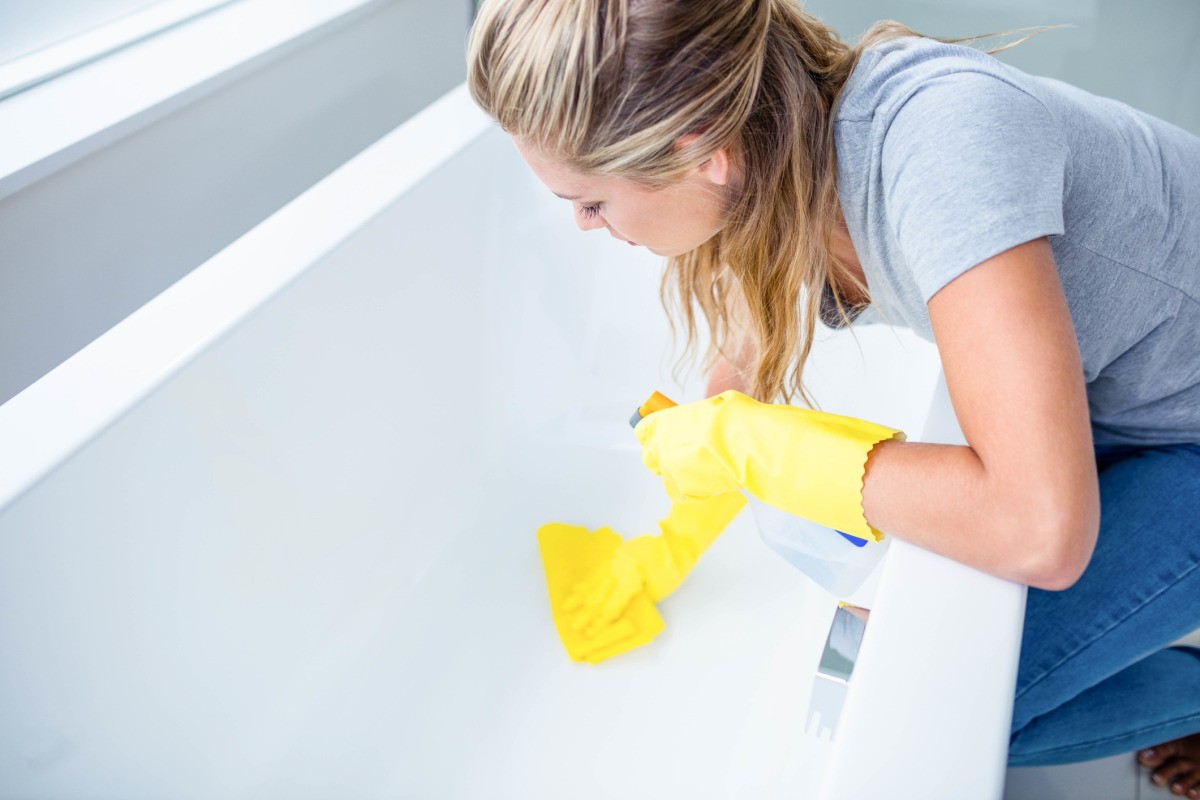
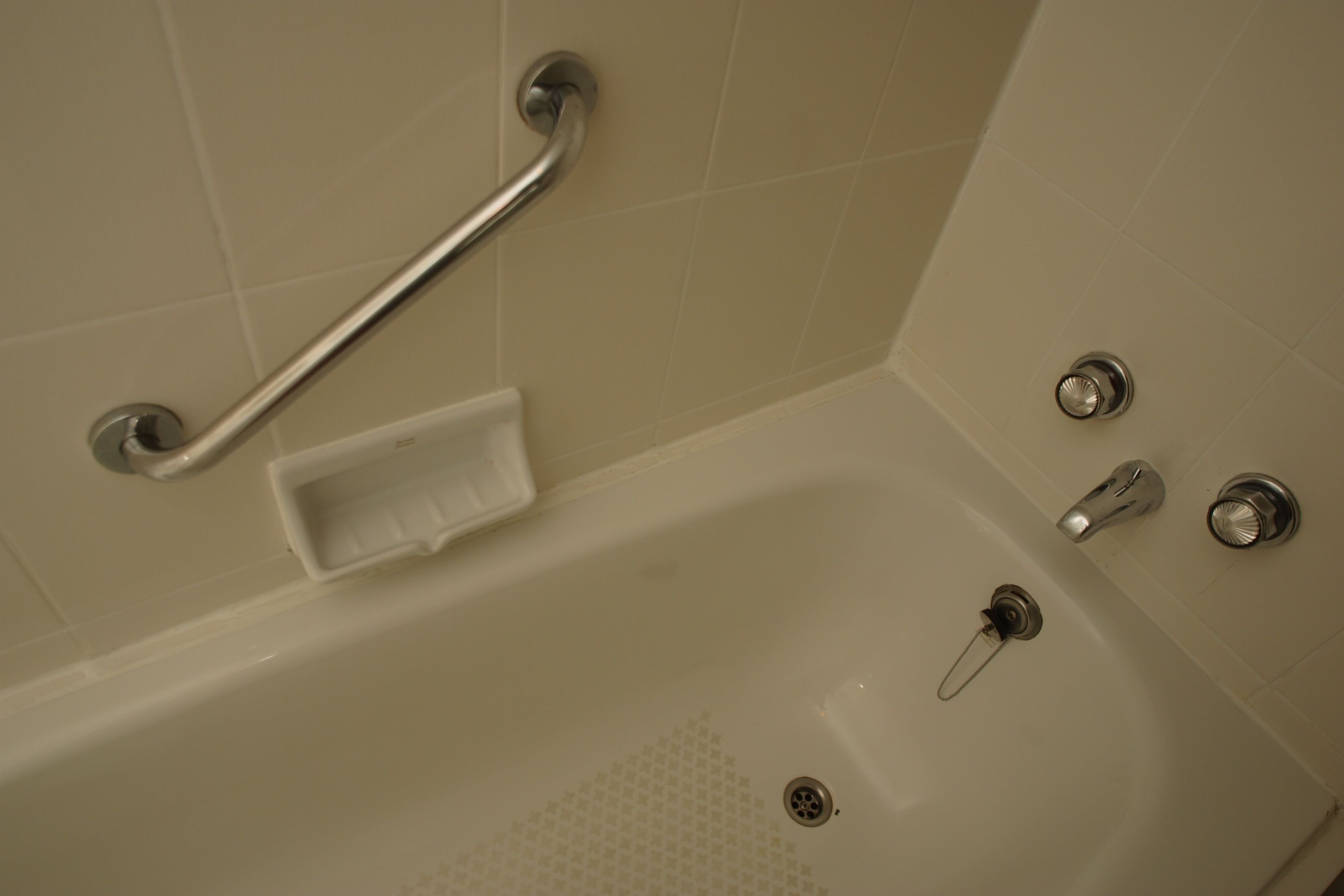
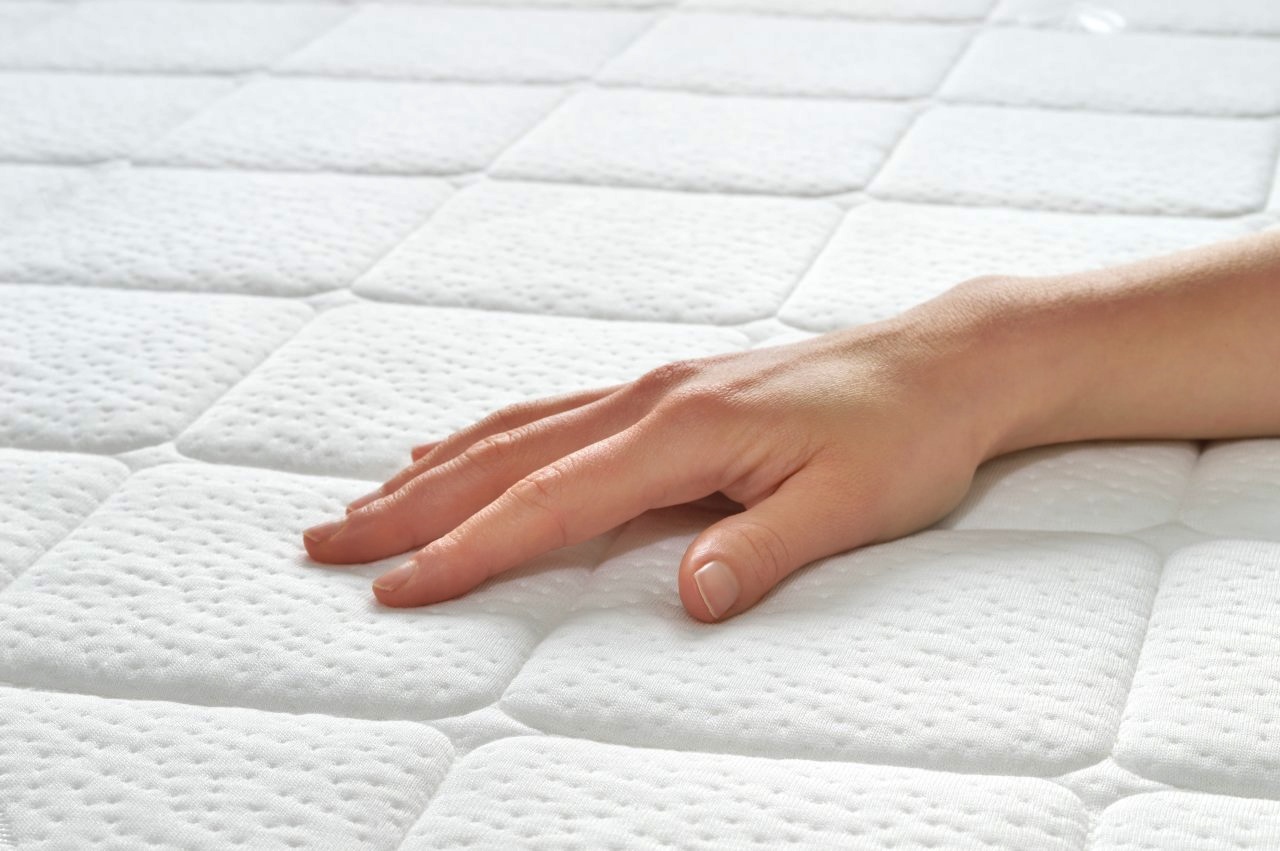

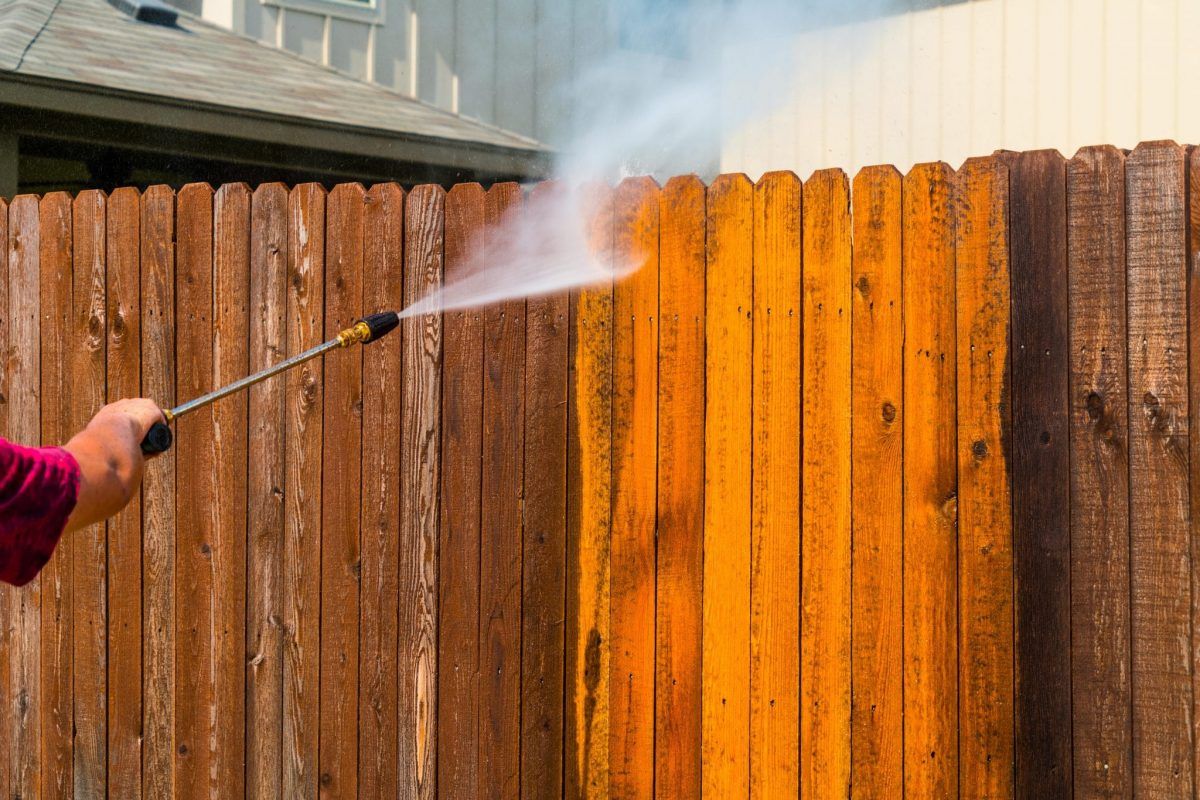
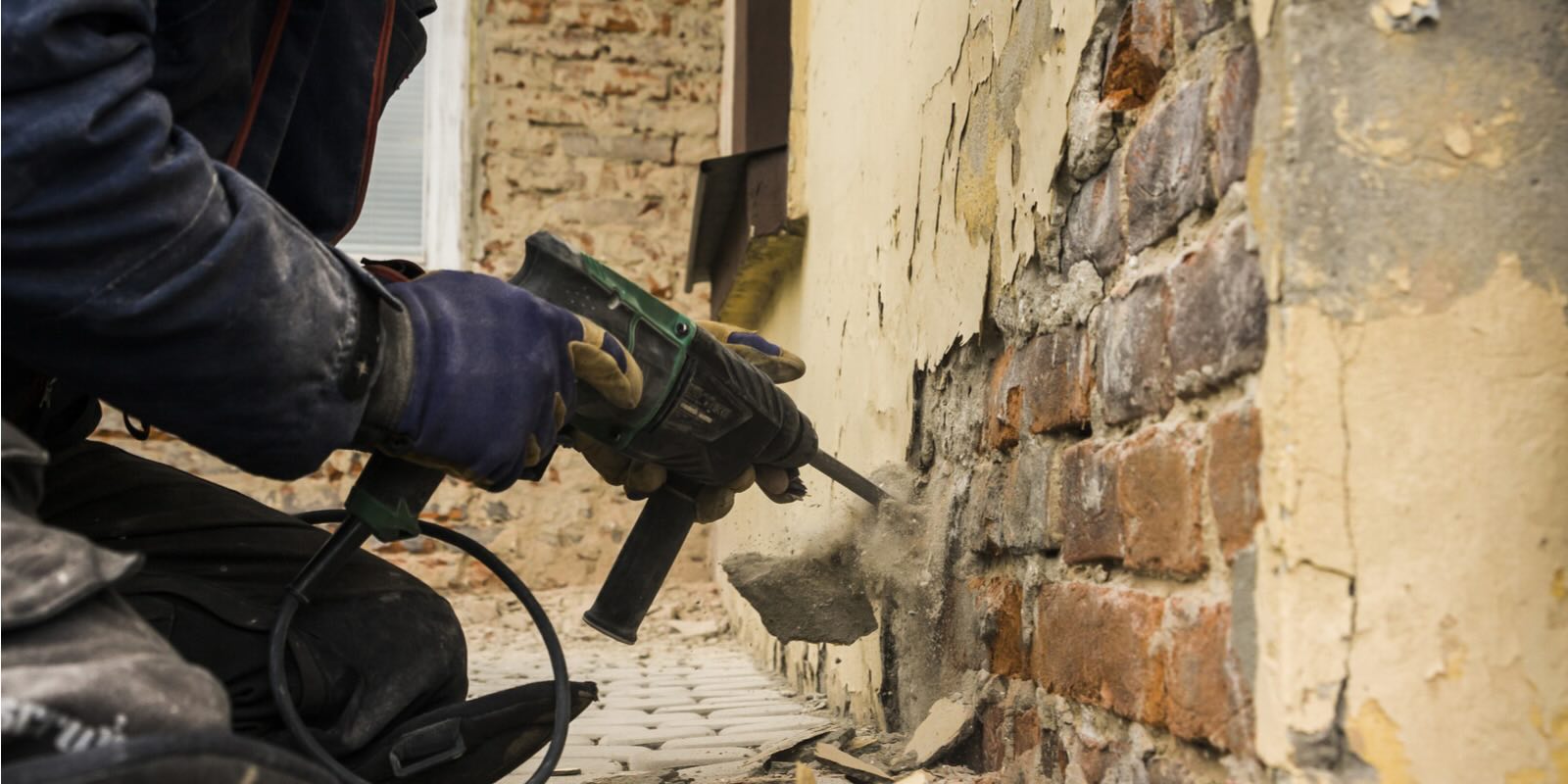
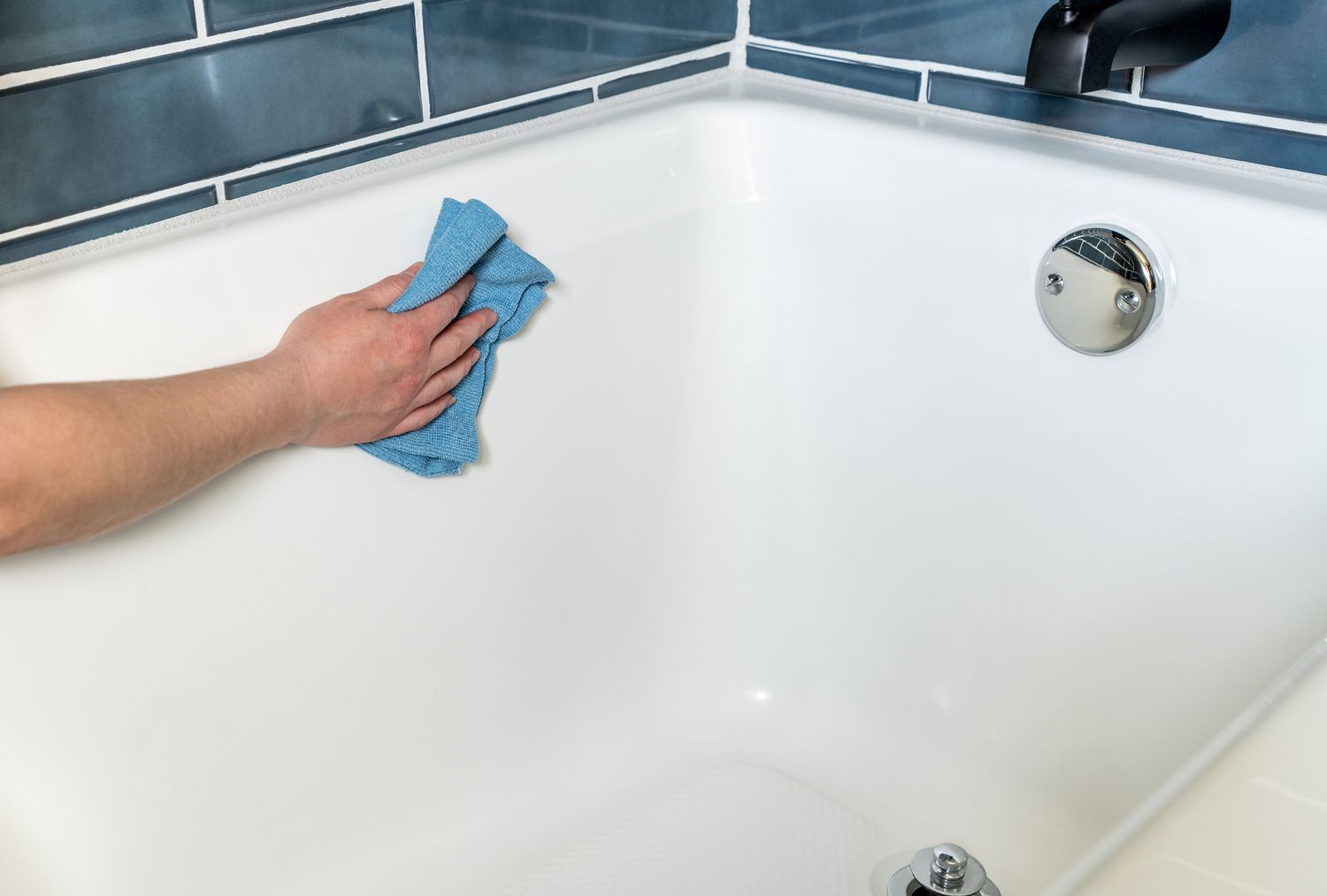
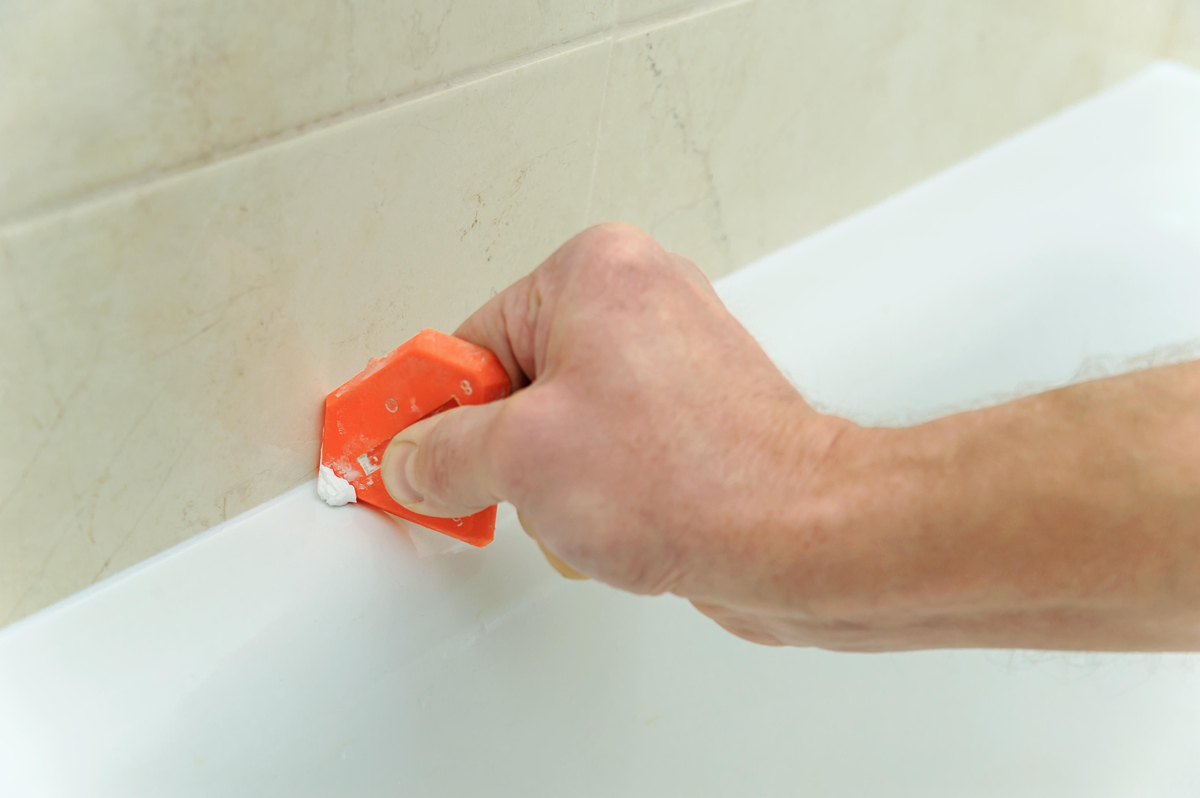

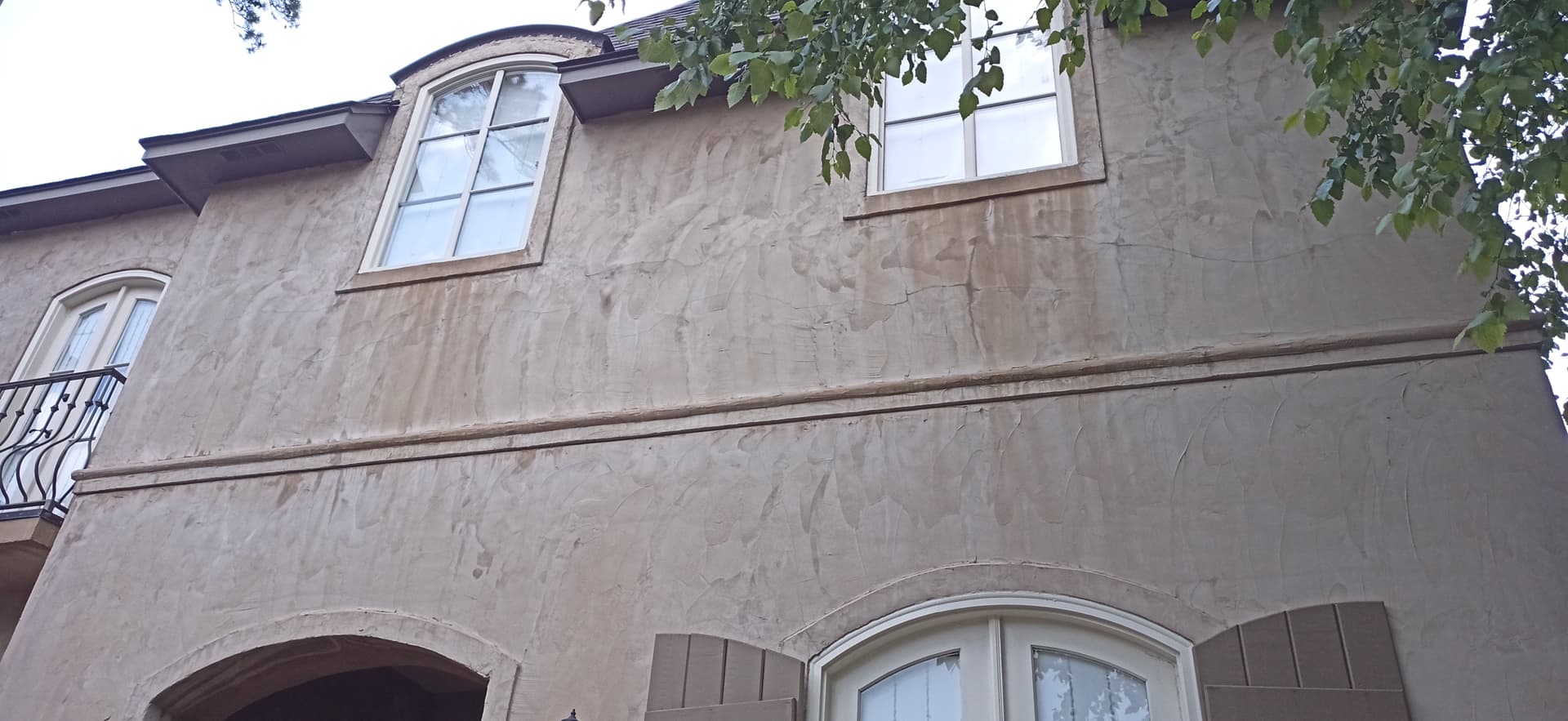
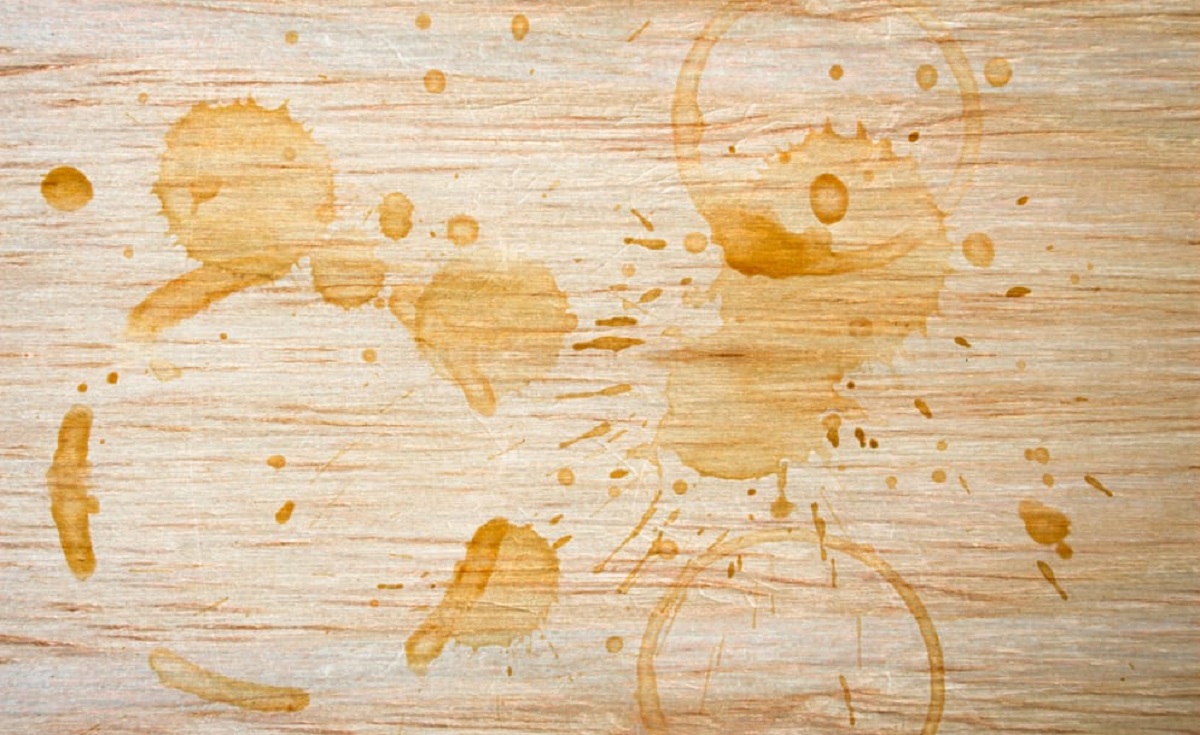
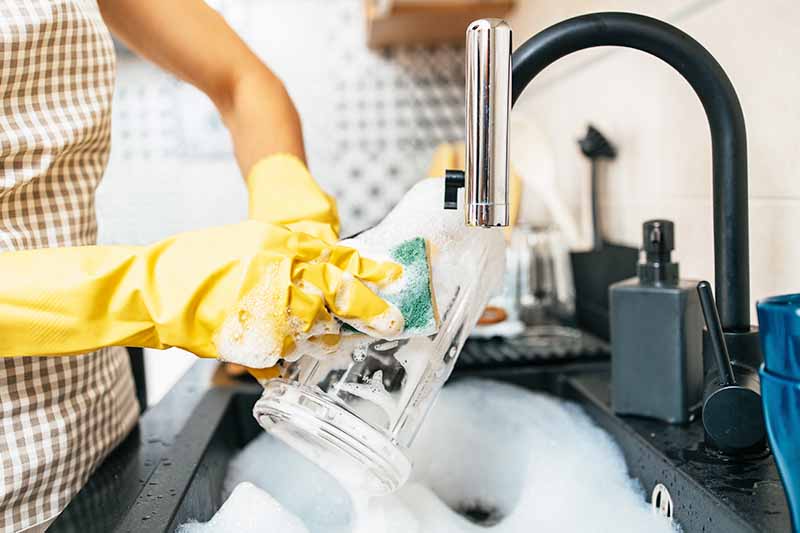

0 thoughts on “How To Remove Stains From Plastic Bathtub”